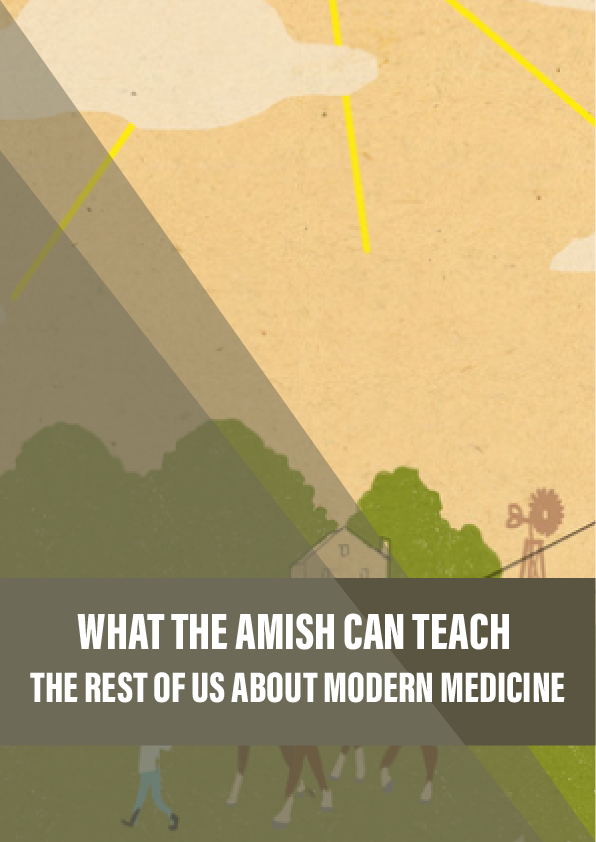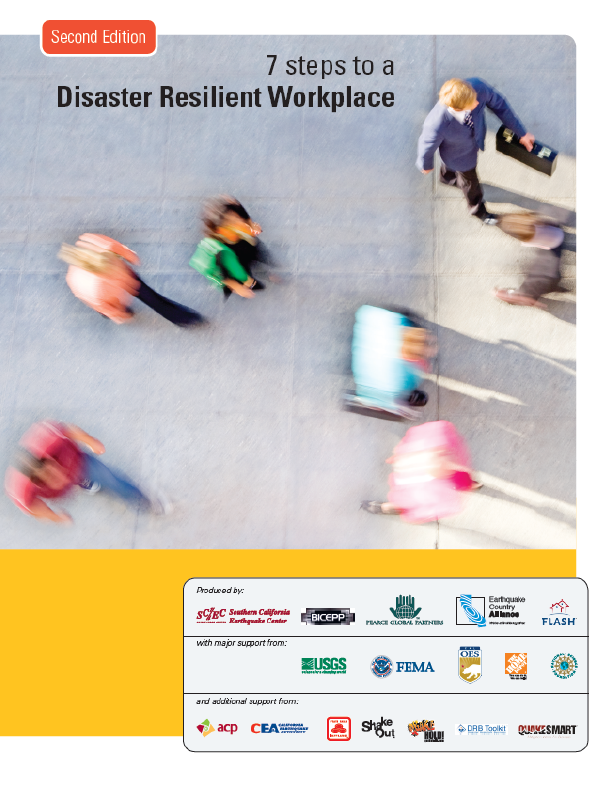The Allegheny Plateau, sprawling across northern Pennsylvania and beyond, is an ecosystem of forested hills, with land that supports black bears, bald eagles and wandering turkeys, as well as a patchwork of wild herbs: burdock, jewelweed, chamomile and sheep sorrel. Cellphone reception is spotty and gas stations are few and far between. Tucked away among the streams branching from the Cowanesque river is a cluster of small white and tan buildings, including the office of John Keim, an Amish elder and community healer.
In the 1980s, Keim’s young son was scalded by a pot of boiling water, burning off his skin from collarbone to waist. Hospital care was out of the question. Previously, two of Keim’s cousins had been burned in a fire and spent three months in an Indiana hospital. Every week, relatives had sent letters describing how the children screamed as their wounds were cleaned and their bandages changed. Reflecting on that, Keim says, “I just felt it was so inhumane. I would not ever take a child to a burn unit.” He wanted to be autonomous of what he viewed as a brutal system.
Keim and his wife treated their son at home. Initially, they applied a salve of herbs and wrapped the wounds with gauze, but the gauze sunk into the boy’s flesh. They needed a dressing that wouldn’t stick.
In his book Comfort for the Burned and Wounded Keim writes, “I thought of how God created the Earth. I honestly felt He kept the poor in mind while Earth was being created.” He tried to think of things in nature that might help a poor person treat burns. Hitting upon waxy plantain leaves, he gathered a hatful from a nearby field, scalded them so they would be pliable, and used them to wrap his son’s wounds with a layer of herbal salve. Within five days, new skin covered the boy’s body. He had survived.
Reference:











